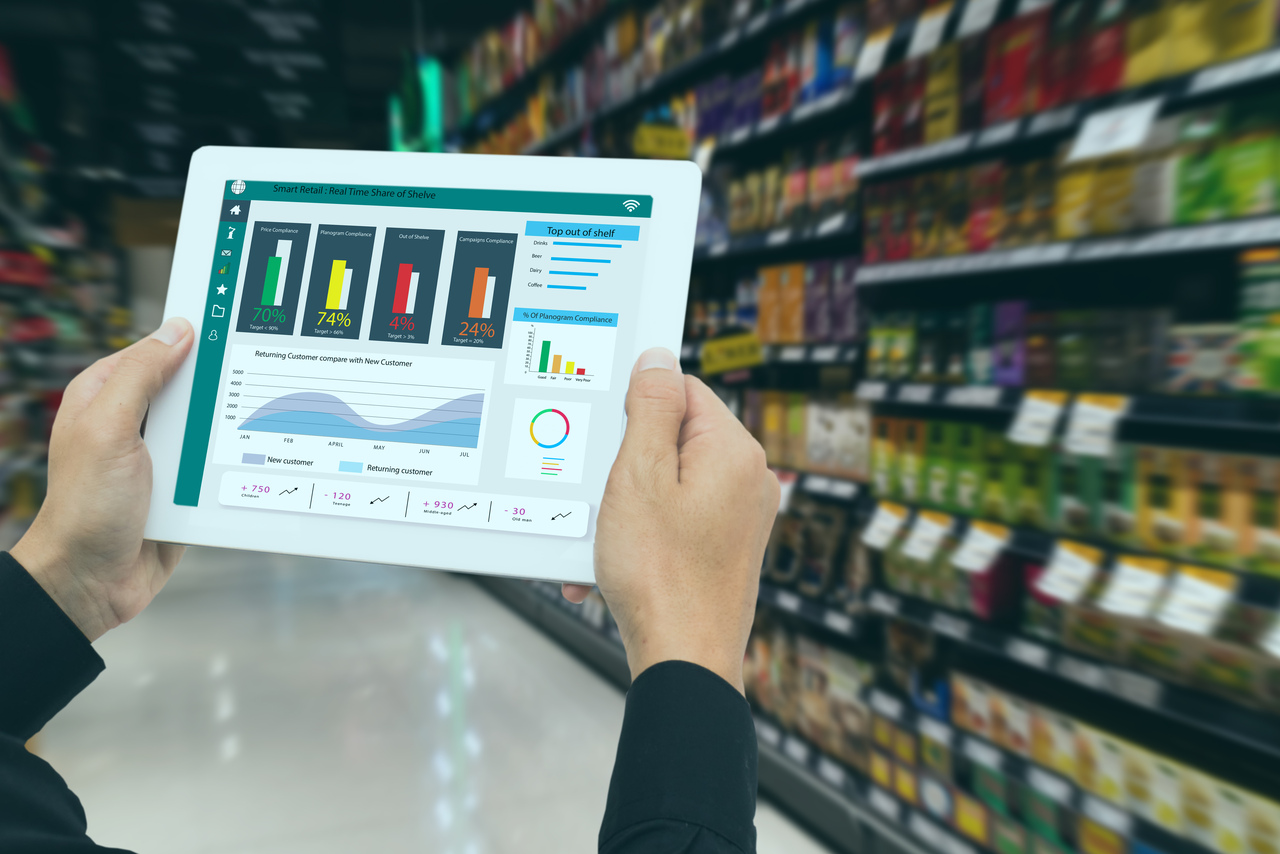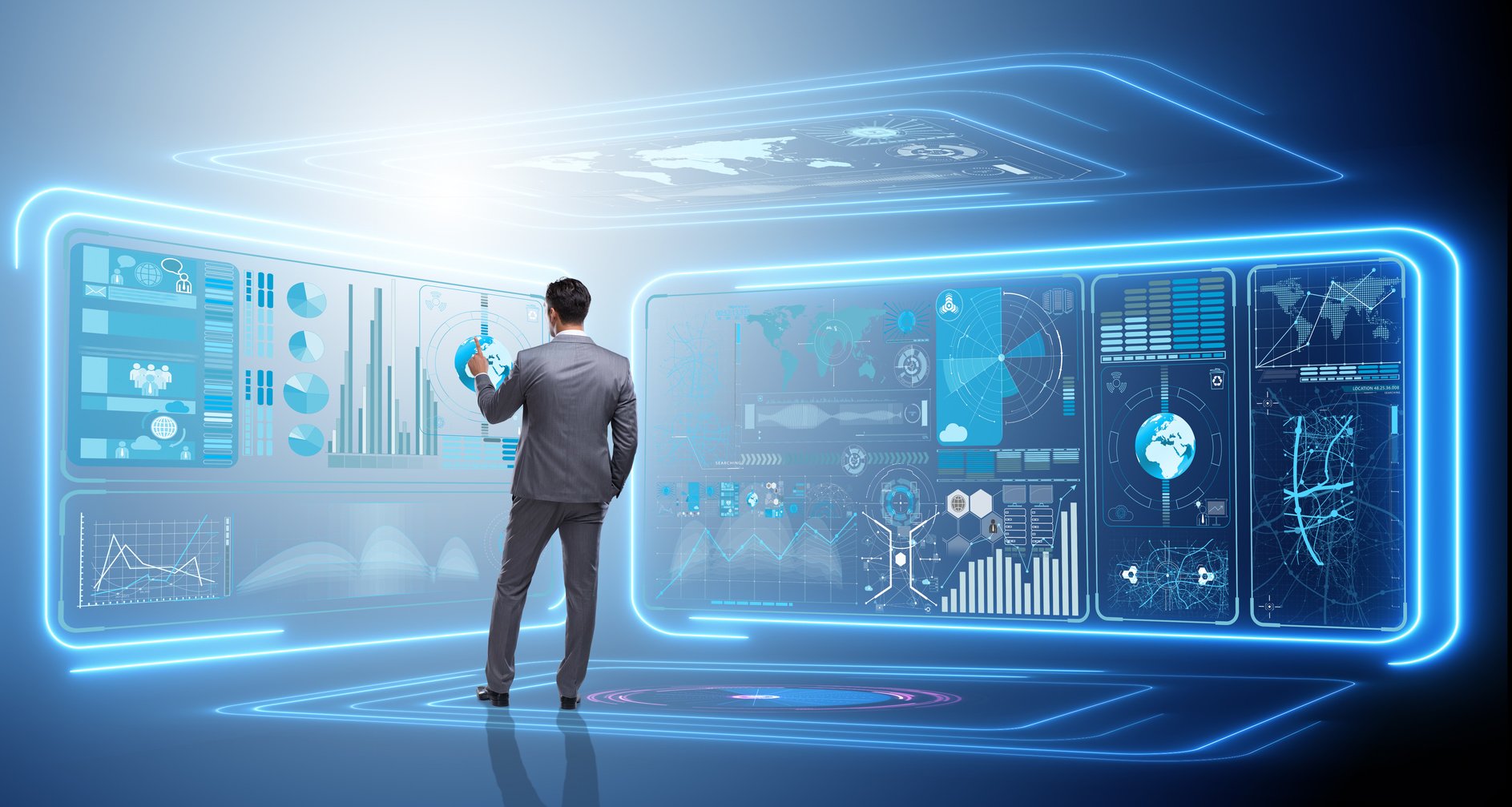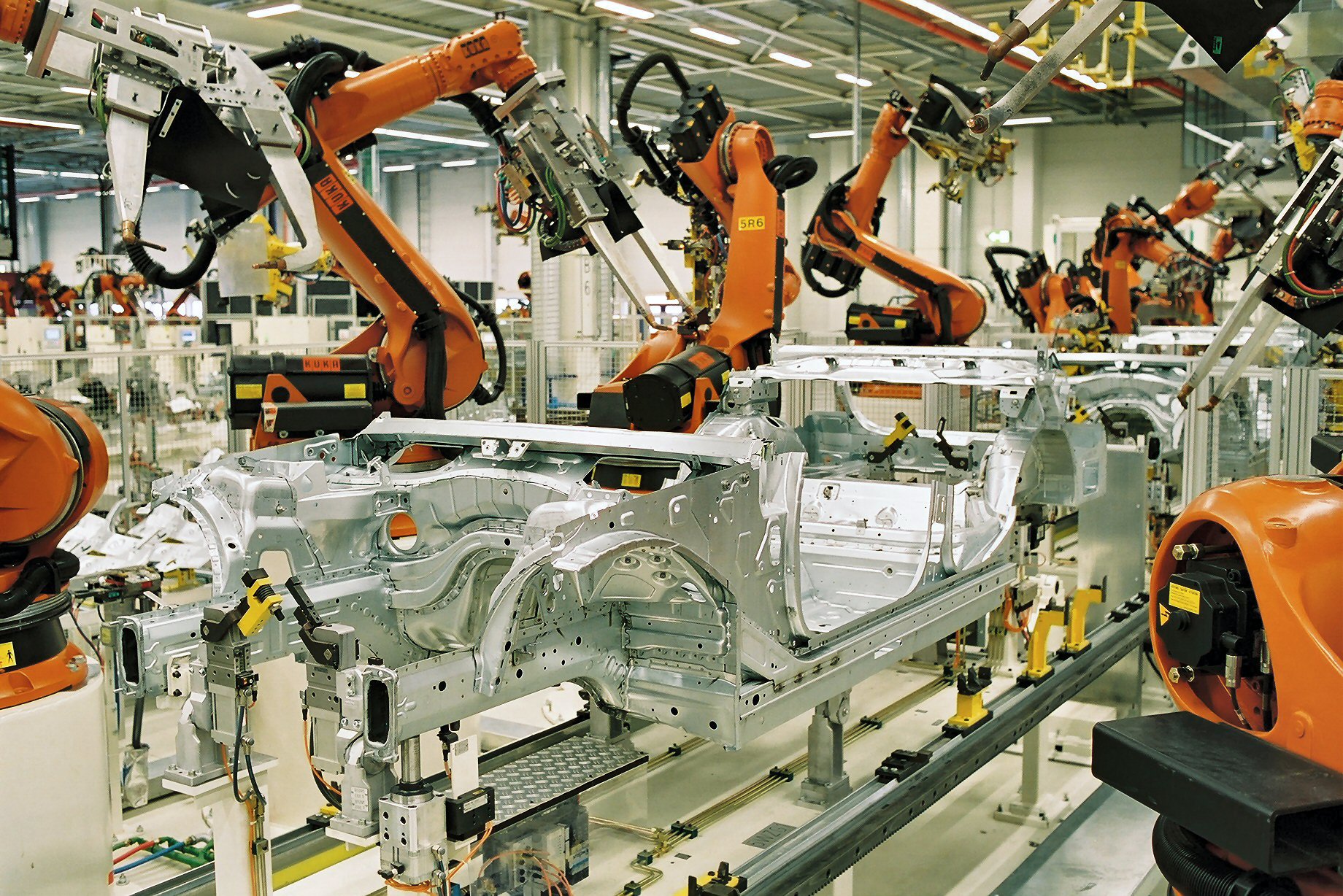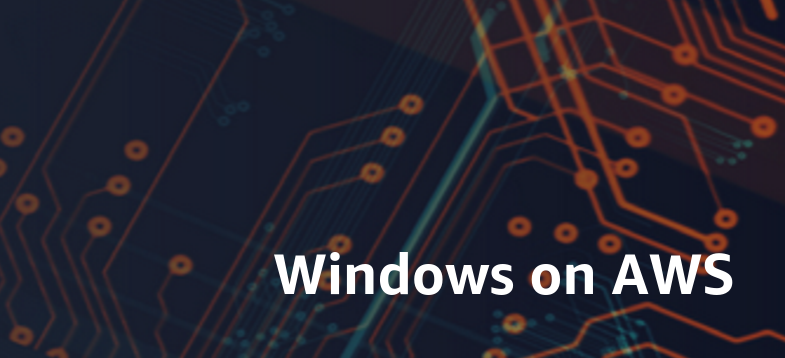Introduction
GenAI integration is bringing a radical change in the workplace. GenAI is widely used in coding, product design, content production, operations streamlining, legal document analysis, and even scientific discoveries. Its fundamental skills are in natural language.
A Greater Effect Throughout All Professions
GenAI is not simply for specific applications; it signifies a fundamental transformation in our way of doing work. Rather than destroying jobs, artificial intelligence (AI) is improving employment, particularly in industries like STEM (Science, technology, engineering, and mathematics), the creative industries, business, and law. The core capabilities of GenAI are its capacity to analyze large amounts of data, spot trends, and produce original content. Once believed to be exclusive to humans, this skill is now enabling machines to perform difficult jobs. The field of automation is expected to grow, with GenAI having an impact on jobs requiring knowledge, communication, and creativity.
Accepting the Revolution of GenAI
In addition to revolutionizing the way we work, GenAI will significantly boost economic growth as we move forward. To meet industry demands and meet their objectives, organizations must embrace this technology by investigating and putting into practice GenAI solutions. To discover possibilities in the changing employment market, people must find ways to adapt to this new environment and acquire new skills.
The journey towards GenAI appears to be revolutionary, despite its many opportunities and difficulties. When going this way, it’s critical to strike a balance between the human part of the workforce and technological advancements. As GenAI advances and becomes more linked into all sectors of industry and society, it remains one of the most exciting chances to fundamentally revolutionize our world.
Improving Cooperation and Automating Difficult Procedures
GenAI is having a significant impact on managerial collaboration and complex data handling. Approximately 50% of these processes may now be automated with GenAI, significantly improving value generation across multiple industries. Significant productivity increases and automation might add between $3.5 and $4 trillion to the value of many businesses, including pharmaceuticals, automotive, engineering, and customer operations.
Here’s a glimpse of how GenAI might influence specific sectors
It is anticipated that the use of generative AI will have a substantial impact on a number of labor markets and industries, including manufacturing, healthcare, retail, transportation, and finance. It is anticipated that some individuals may lose their jobs as a result of it, even though efficiency and productivity are likely to rise.
Information Technology:
- AI Development and Innovations: GenAI’s genetic algorithms could help develop novel optimisation techniques that could be used for system optimisation, data analysis, and issue resolution.
- Accelerated Software Development: With the use of GenAI in low-code no-code platforms, developers can prompt business requirements as individual components or as applications, catering to a variety of user profiles from business users to techno-functional consultants and pro-coders. For example, it can be used to: Generate code snippets, Enhance content generation, Customize templates, Visual interfaces, Pre-built templates and Drag-and-drop functionality.
- Automated testing: Software testing procedures can be enhanced by AI within GenAI, which can automatically find defects, vulnerabilities, and provide optimizations.
Manufacturing:
- Automation and Robotics: By streamlining production procedures and lowering the demand for manual labour, GenAI can improve automation in manufacturing. It has the potential to enhance factory productivity, quality assurance, and preventive maintenance.
- Supply Chain Optimization: GenAI is capable of streamlining the supply chain, forecasting changes in demand, enhancing inventory control, and reducing manufacturing delays.
Healthcare:
- Diagnostic Assistance: By evaluating complicated medical data from imaging scans, clinical trials, decentralized clinical trials, pathology reports, and patient records, GenAI can help with medical diagnosis. It can help medical practitioners spot trends and arrive at precise diagnosis.
- Personalized Medicine: With its ability to analyze genetic data and customize medicinal therapies based on unique patient traits, GenAI can help design personalized treatment strategies.
Retail:
- Customer Experience: By enhancing inventory control, optimizing pricing tactics, and offering tailored recommendations, GenAI can improve the retail consumer experience.
- Supply Chain and Logistics: GenAI’s AI capabilities include supply chain logistics optimization, demand forecasting, inventory efficiency enhancement, and distribution process simplification.
Transportation:
- Autonomous Vehicles: The development of autonomous vehicles may benefit from the application of GenAI, which could enhance their navigation and adaptability to changing road conditions.
- Route Optimization: GenAI’s AI algorithms can optimize transportation routes, cutting down on fuel use, speeding up deliveries, and enhancing logistics efficiency all around.
Finance:
- Risk Assessment: GenAI can enhance risk assessment in the financial industry by analyzing vast amounts of data to identify potential risks and trends in real-time.
- Algorithmic Trading: AI-driven algorithms within GenAI can be used for algorithmic trading, making quick and data-driven investment decisions in financial markets.
Conclusion
In future, the integration of GenAI into the workforce is expected to lead to increased automation of routine tasks, allowing humans to focus more on complex problem-solving, creativity, and tasks requiring intelligence. It may also create new job roles related to AI development, maintenance etc. However, concerns about job displacement and the need for upskilling to adapt to evolving technologies will likely be key considerations.









Awesome!. Very good explanation .
Really very good coverage as per industry acceptance and impact .
Thank you for shedding light on the impact of GenAI on different sectors.